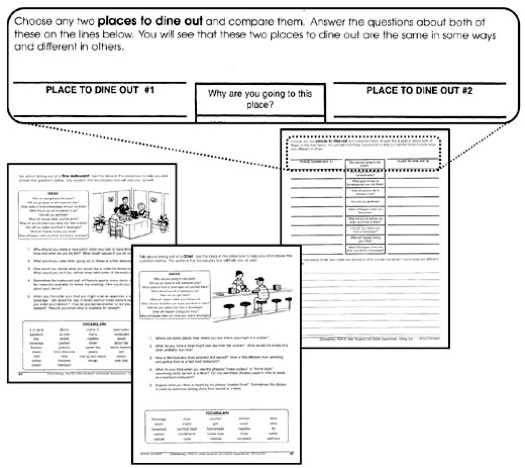Generalizing
Product Information Page
Ages: 8 through adult
136 perfect bound pages
Item CP-043 $32.95

Here you'll find techniques, materials and activities to help students build classification and comparison skills as well as to enhance their comfort in approaching social situations!
This book takes the important mental operation, generalizing, from grouping foods all the way to comparing social events.
How is this done?
Students talk about general characteristics of members of a category such as animals...

They talk about how two animals can be the same in some ways, yet different in other ways...
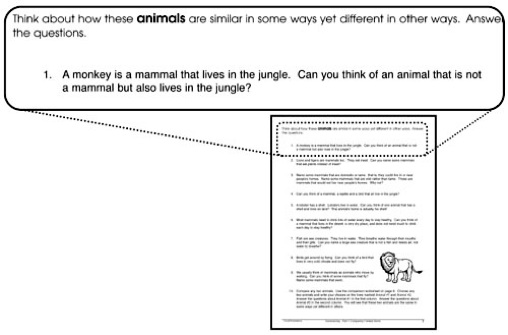
Using graphic organizers they prepare to write about these comparisons...

Ten different categories are addressed in this way - hundreds of pictures will help students classify, compare and write about these categories.

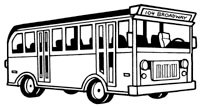


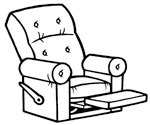


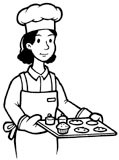


foods
vehicles
homes
plants
furniture
tools
animals
community helpers
clothing
buildings / stores
So why not use these familiar techniques comparing dogs and cats - to help our students with limited social skills compare social events!
That's exactly what this book does!
Students will be more comfortable approaching social situations if they're armed with a means of easily comparing two similar social situations. Here's how you'll help them do this.
First, encourage students who are weak in social skill areas to compare different animals, buildings, and other common items that are not associated with social situations. Use the comparison techniques offered in the discussions of each of the categories.
Then encourage these students to compare different social situations. Students will recall comparing a lion and an deer, and realize that, in a similar way, they can compare dining out at a fine restaurant and eating out at a fast food restaurant! They can systematically compare these dining experiences and focus on similarities and differences.
For example, what if a student frequently goes out to a favorite casual style restaurant, then one day plans to go out to a more formal restaurant? Using the format presented here he can compare several aspects of casual and formal dining. He'll see that some traits are common to both dining experiences, others are different. Knowing similarities and understanding differences between a more and a less familiar type of "dining out" can lessen his anxiety in anticipating this novel social experience.
You can easily help your students make these comparisons using the materials in this book that focus on social situations - dozens of them!
For example, compare dining at a fine restaurant with a casual diner.
